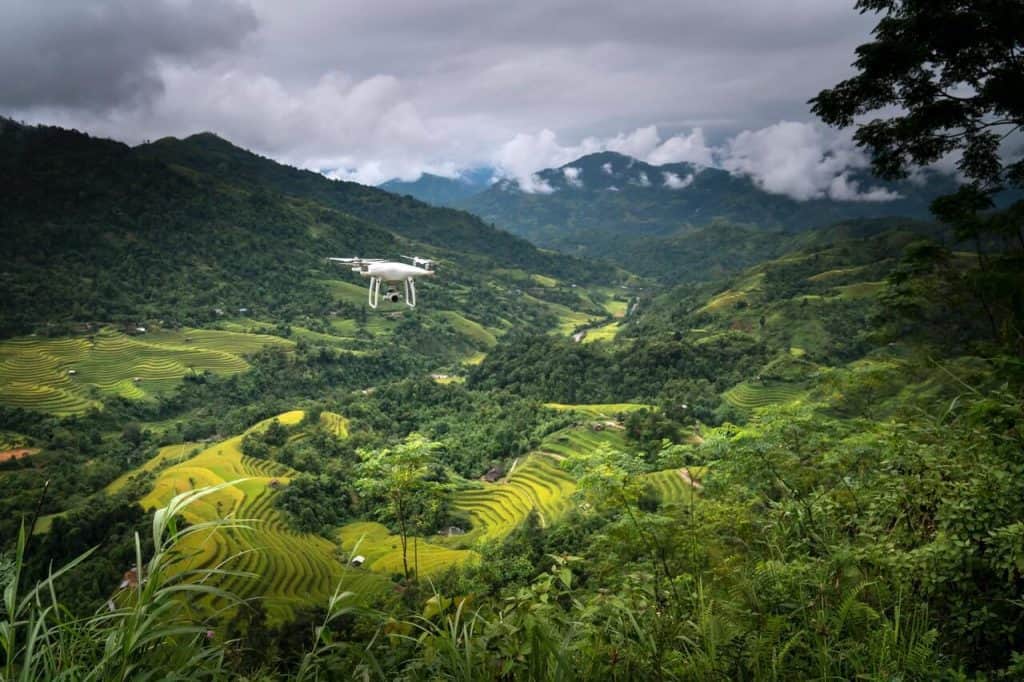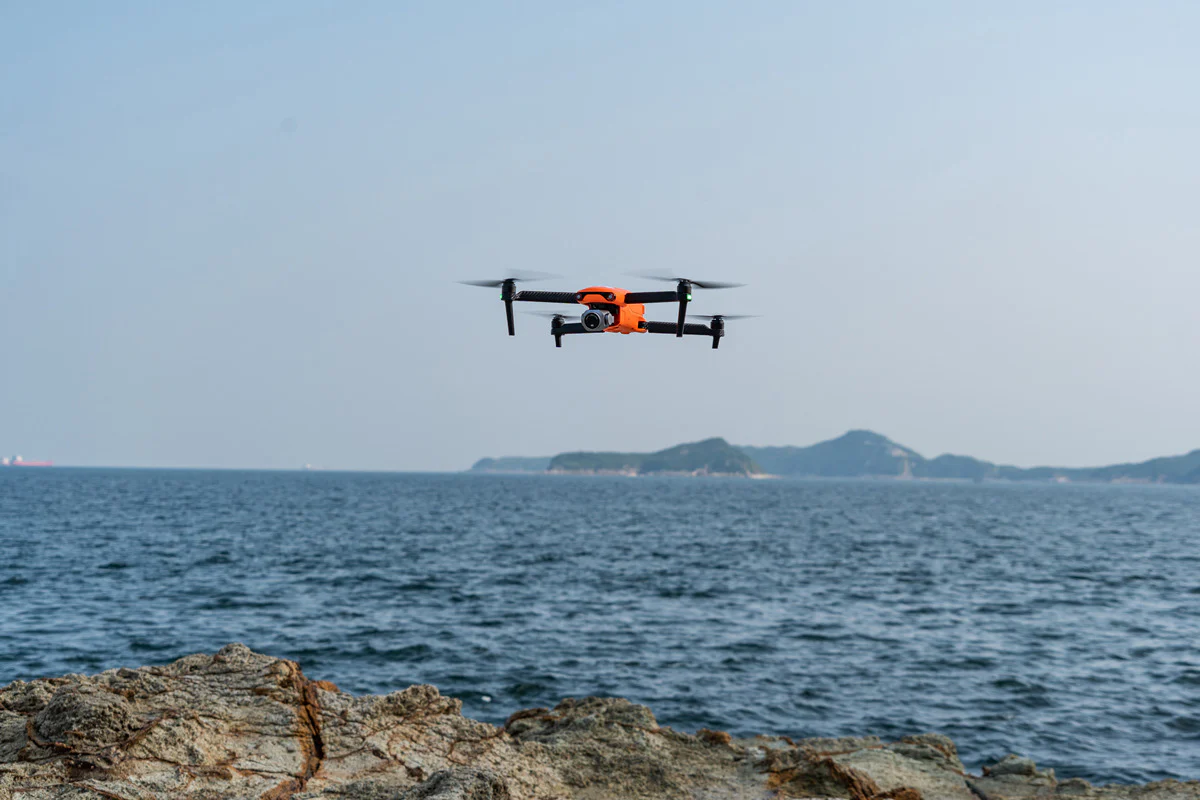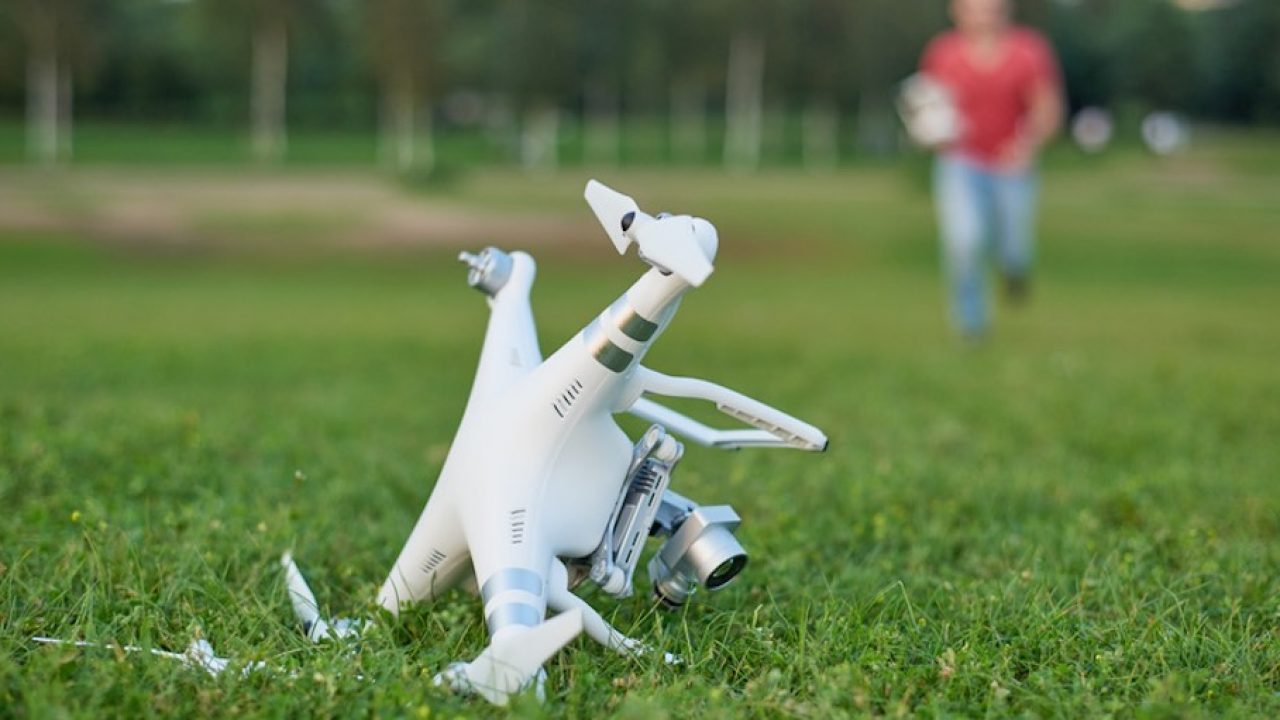Missing a drone mid-flight is an experience no one wants to have! From watching helplessly as your investment takes flight, it’s much more entertaining when you’re the navigator.
How to prevent drone flyaways?
If you want to keep your drone safe and sound, setting a home point is the way to go. Give yourself extra peace of mind by keeping an eye out for compass interference, remaining in visual line-of-sight, and resetting your home point if you move from the original position – all while ensuring everything stays at a proper RTH altitude! Plus, with insurance coverage, Drone Flyaways no longer have to be so scary.

You can do a few things to prevent your drone from flying away. First, make sure you have a suitable drone for your needs. If you’re flying for fun, then any drone will do. If you are wondering which is the best drone for kids to prevent flyways? If you are looking for a drone to give to your child, there are a few things you should consider. Can you fly a drone over a freeway? The answer is yes, with some restrictions. You must stay below 400 feet and avoid flying near other cars or obstacles.
How do you prevent signal interference from drones?
Give your drone a safety net! Most drones offer three options in case of signal loss – hover, land at the spot you’re hovering above, or use RTH (Return to Home) mode and have it fly back on its own. With RTH selected as the default action, you can be sure that your drone will come back safe and sound no matter what happens during the flight.
However, if you’re looking to use your drone for photography or videography, you’ll want to invest in a higher-quality drone. Second, always check the weather conditions before flying. If it’s windy, your drone is more likely to fly away. Finally, avoid flying near roads or freeways. The wind from passing cars can easily knock your drone off course.
FPV Goggles are an increasingly popular way to experience the thrill of drone flying, providing pilots with a first-person view while navigating the skies. With technological innovations, more people can access these goggles at a lower cost, but the big question remains — Is Flying with FPV Goggles legal? Fortunately, the answer is yes! Many countries will allow flying as long as safety rules are met.
If you’re curious about getting started but don’t want to invest too much money just yet, look into some of the best mini drones with cameras, such as DJI’s Mavic Air 2s or Parrot’s Anafi Drone. Both offer stunning live feeds from a camera mounted on their respective robots and come with lightweight FPV Goggles that make flying easy and comfortable. So don your goggles and join the FPV revolution!
How do I find a flyaway drone?
Struggling to locate a flyaway drone? Don’t panic! DJI’s got your back – its ‘Find My Drone’ feature on the app DJI Fly, and GO 4 reveals where it was last seen. Hasten over there by manually searching for it – you might get lucky finding that tiny flying machine.
My drone flew away. Can I get a refund?
Have you ever had your drone take off and fly away without warning? Unfortunately, if it’s not due to a manufacturing defect, that means no refund! But don’t worry – as long as the craft is still under warranty period; you may have an opportunity for restitution.

How often does a drone fly away?
Whether you’re an amateur photographer or a professional drone pilot, crashing drones is almost like an unofficial rite of passage! With the number of crashes reported around 60%, it seems many pilots get to experience firsthand the thrill – and sometimes disappointment – that comes with this part of learning how to fly. On brighter news, though, most Pilots (nearly 75%) have never had their Drone run away from them. So all hope isn’t lost just yet!
With the proliferation of drones in recent years, it is crucial to practice safe drone operation habits. If a drone flyaway occurs, you’ll want to be sure your drone is registered and the drones under 250 grams exempt from the remote ID requirement – if there’s one in your area – are met. Additionally, always check where you can fly your drone before you launch!
Conclusion
To ensure no flyaways, exercise common sense: inspect your equipment and make sure your batteries are charged; use the return to home feature, match your control links with whichever device you’re using; familiarize yourself with NOTAMs and other airspace restrictions; have a plan for takeoff and landing; never fly out of range or too high, and be prepared to adjust air pressure by calibrating the barometer. The extra preparations will keep those darn drones right where they belong, and have fun!
